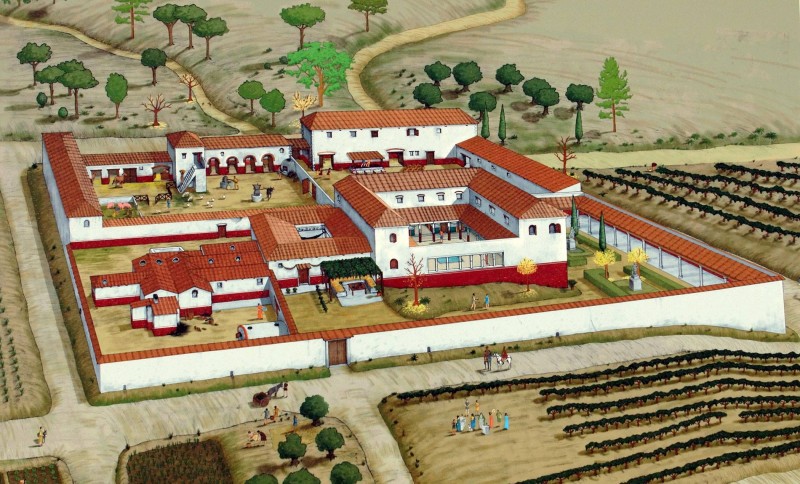
Wine production was already a feature of the Bullas economy in Roman times The Roman villa of Los Cantos, just outside the town of Bullas in the north-west of the Region of Murcia, is located close to the MU-503 road which leaves the town and heads for Zarzadilla de Totana, and is in many ways typical of the numerous villas which marked the colonization of rural areas in the south-east of Spain during the centuries around the birth of Christ..
READ MORE
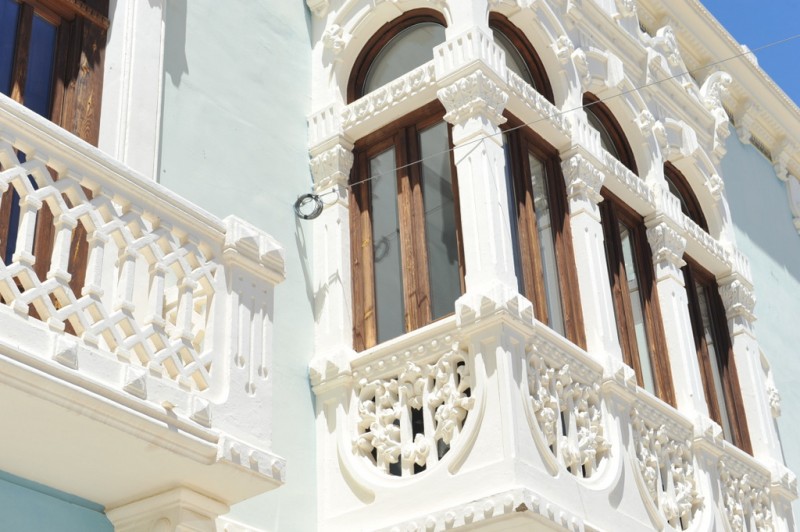
The palace of the Melgares family in Bullas was built in 1925 The Casa de los Melgares is a striking palatial home which was built on the northern side of the main square of Bullas, now known as the Plaza de España, in 1925, and such is its size and its appearance that it competes for dominance of the square with the parish church of Nuestra Señora del Rosario. The palace was built on a site which was previously occupied by an inn on the..
READ MORE
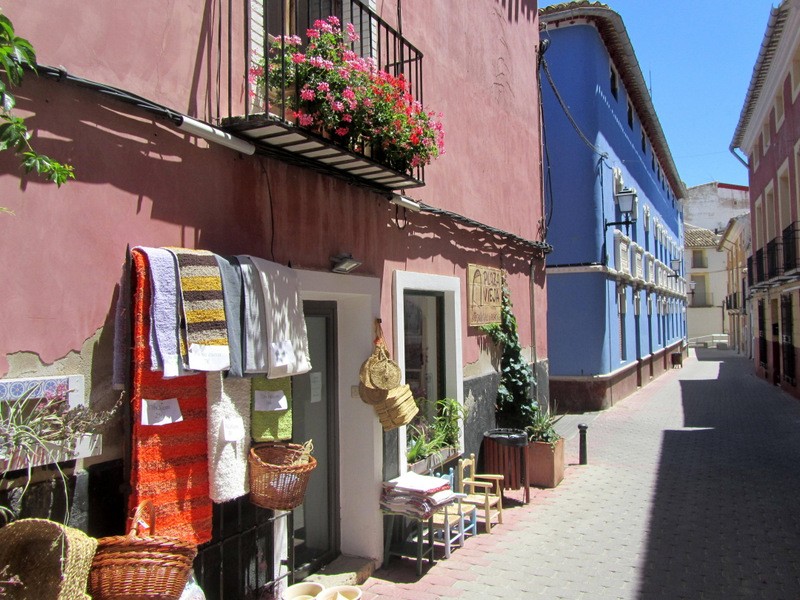
Wine-making and agriculture have shaped the history of Bullas for 2,000 years Evidence of human habitation in the municipality of Bullas has been found dating back as far as the Neolithic (this period broadly dates to 4,800 to 3,000 BC across southern Spain) and the time of the Argaric culture (2200BC to around 1550BC), and later eras saw the Roman, Visigoth and Moorish cultures appear in the area. However, the name of the town is first..
READ MORE
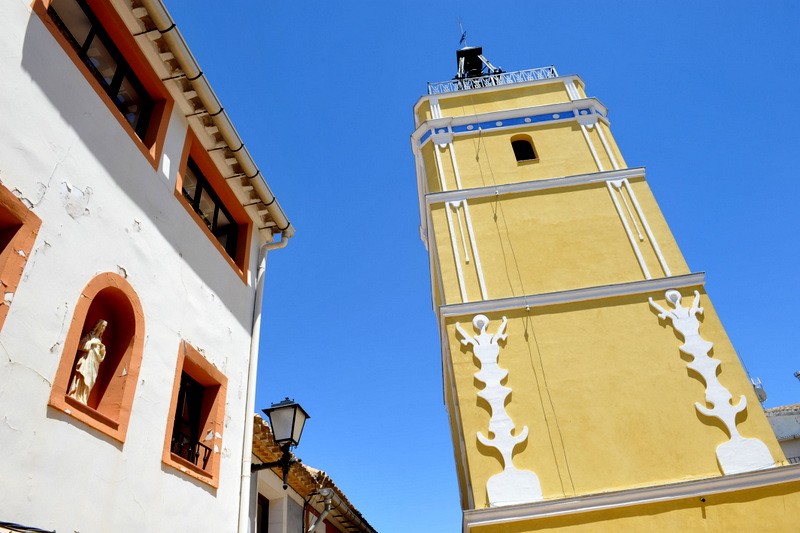
The tower was built to regulate irrigation times in the farmland around Bullas Visitors viewing the town of Bullas in the north-west of the Region of Murcia will see two distinct towers in the skyline, and although at first sight this may appear to indicate two churches, one of these is in fact a clock tower, the Torre del Reloj. The imposing clock tower which stands at one of the highest points of the town of Bullas was built in 1900, after..
READ MORE
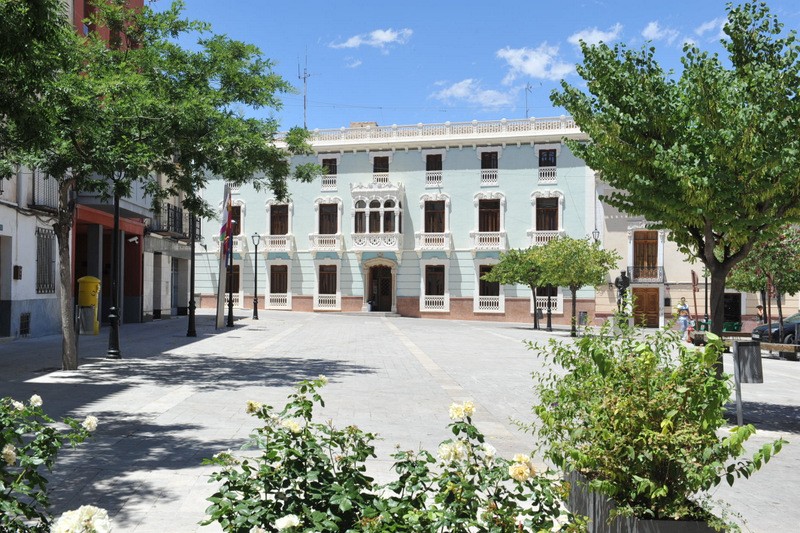
The Plaza de España in Bullas has changed its name frequently over the last 200 years The Plaza de España is one of the focal points of activity in the wine-making municipality of Bullas in the north-west of the Region of Murcia, and is home to various of the most important and impressive buildings in the town. These include the Town Hall, the parish church dedicated to Nuestra Señora del Rosario and the palatial Casa de los Melgares..
READ MORE
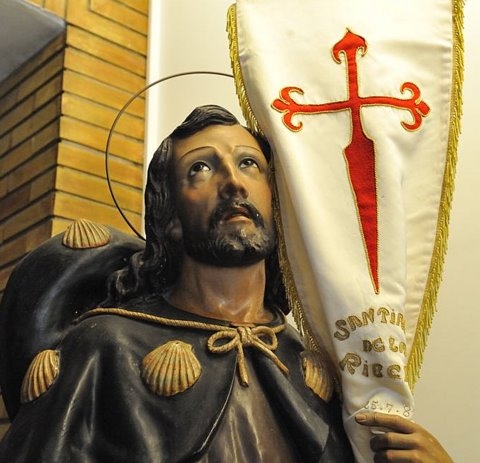
The Order of Santiago (1243-1856) Santiago is the Patron Saint of Spain, and is known as Saint James in English. The Order of Santiago is associated with a red cross, its tail displayed as a sword, the heraldic term for this being a fleury fitchy, and a scallop shell, the symbol of pilgrimage associated with Saint James. Their legacy can be found throughout the Region of Murcia, in the areas they controlled; on church doors, in statues, in..
READ MORE
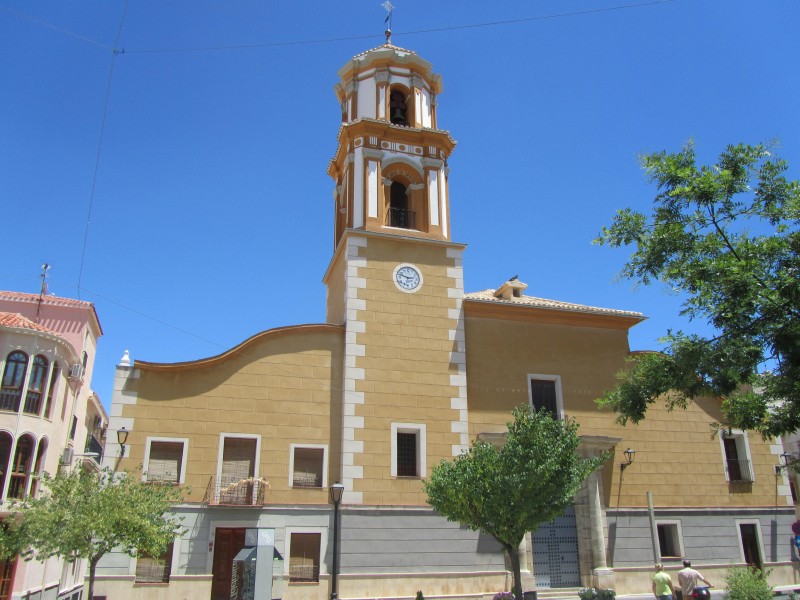
The main church of Bullas was built in the 18th and 19th centuries The parish church of Bullas dominates the Plaza de España in the centre of the town, and has been one of the most recognizable landmarks in the municipality ever since its construction. It was awarded the status of National Monument in 1982 and is one of the most recognisable buildings in the municipality. The building of the church was started in the final years of the..
READ MORE
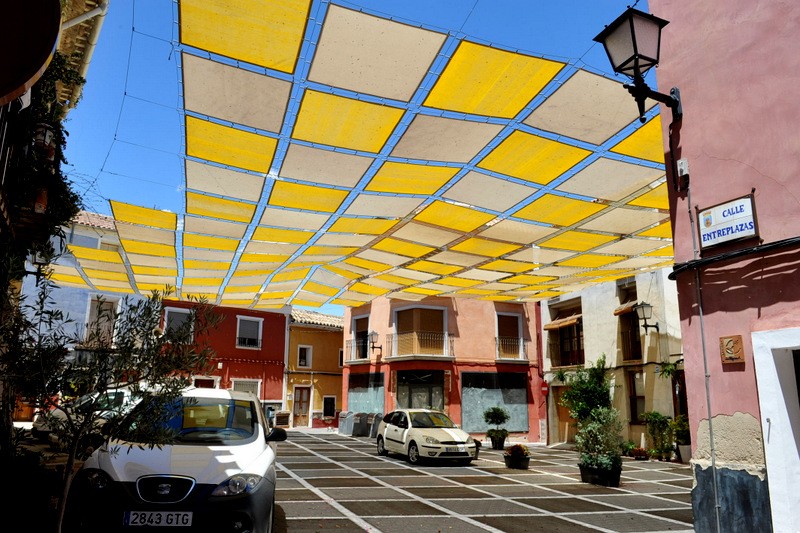
The name of the square comes from a Bullas-born Rif War hero One of the most popular squares in Bullas is far from being the largest, but has its own character and plenty of establishments which make it one of the most picturesque and interesting parts of the town to visit. This is the Plaza del Teniente Flomesta Moya, which is unofficially known as the “Plaza Vieja” (the old square), reflecting the fact that it was replaced as the..
READ MORE